Instruction Booklet
Everything you need to know about the Skialper Buyer's Guide. A handy reference you can access anytime you like, to better understand what we do and why we do it.
- Author: Davide Marta
- Photographer: Nicola DamonteGiovanni DanieliFederico RavassardMichele Guarneri
01 - OUR APPROACH
We’ve been publishing the Buyer’s Guide for 13 years now, but we’d already been testing equipment for mountaineering and skimo for a dozen or so years before that.
In our approach, we seek first and foremost to be professional. The gear we get our hands on — and our feet in — is something R&D departments have worked long and hard on, striving to provide us with new solutions and high performance. Evaluating it all to help all you skimo enthusiasts to select the right gear is a serious business—well, as far as you can call sliding up and down snowy mountains on planks “serious”. The reviews you will find in this guide are not based solely on what our (extremely talented) testers tell us, as some have mistakenly thought. Trying out a pair of skis, boots, or bindings on the snow is definitely where the rubber meets the road, so to speak, but it’s just one of the many aspects that lead to the final review.
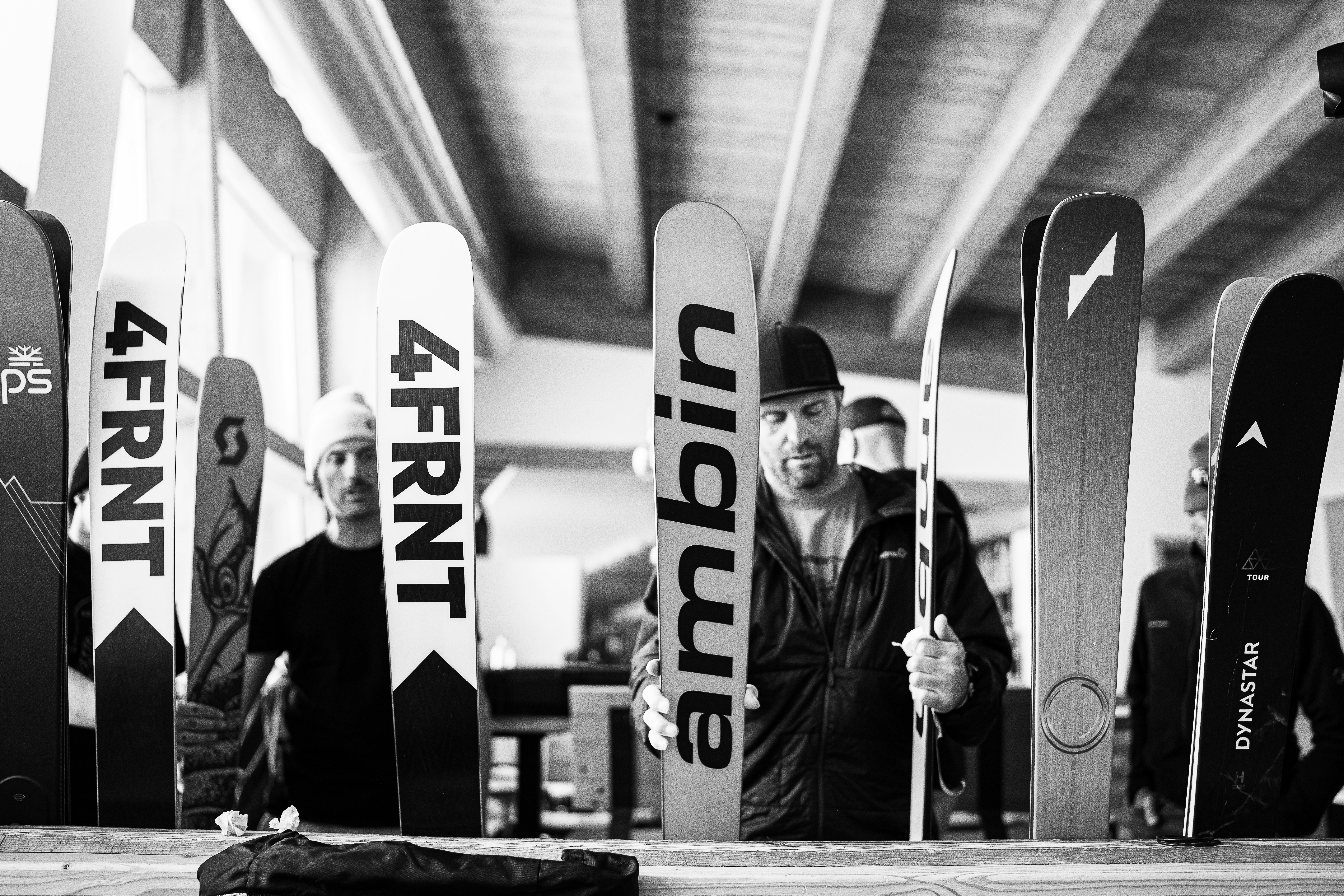
To this we add the unmatched industry know-how of the coordinators of the Buyer’s Guide, who have been analyzing products like these for years and know their strengths and weaknesses in detail. We know the designers. We know the models that came before and how each of them has evolved. We know their successes and failures, the issues they had after release, and the feedback from their users. When a new product hits the market, it’s as if we’ve mapped its genome, and that makes all the difference in the world. In early winter, when the Buyer’s Guide has been out for a few weeks, we’ve already started planning for the next one. We’re out testing the latest gear on days the brands set aside for industry experts, going to industry trade shows, and picking out everything that looks interesting to us. Then we get them from the manufacturers in the sizes we think are best and make sure they’ve given us new gear, as if it had just come off the shelf. We also ask that they give us all the time we need for testing (which is never less than five months).
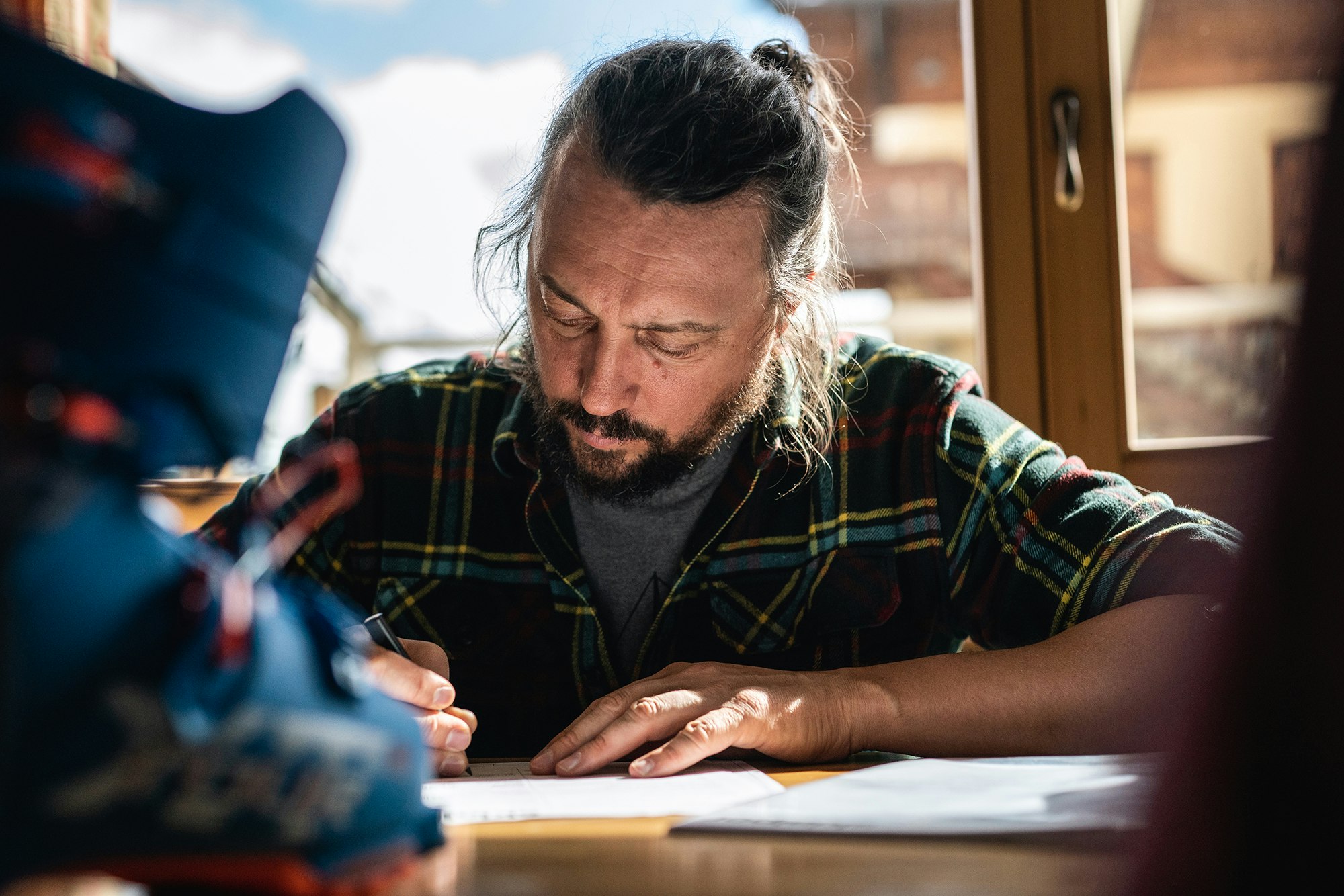
By late March, if we’ve had no delays, all the equipment is finally in the hands of our editorial team. Like last year, we brought forward this year’s Race testing meet to mid-March, just after the Tour du Rutor. We start with all the product shoots (which runs through to at least July in our in-house photo studio) before moving on to lab testing (checking the edge and base finish of the skis), taking measurements, and lastly testing the products using our exclusive suite of instruments. We have the equipment prepared by our lab partner (XL Mountain in Quincinetto, Italy) so that every category has the same setup and wax. Then we mount all the skis with the same model of ATK Bindings, a longstanding partner of ours, as well as the Atomic Shift for the skis in our Free category.
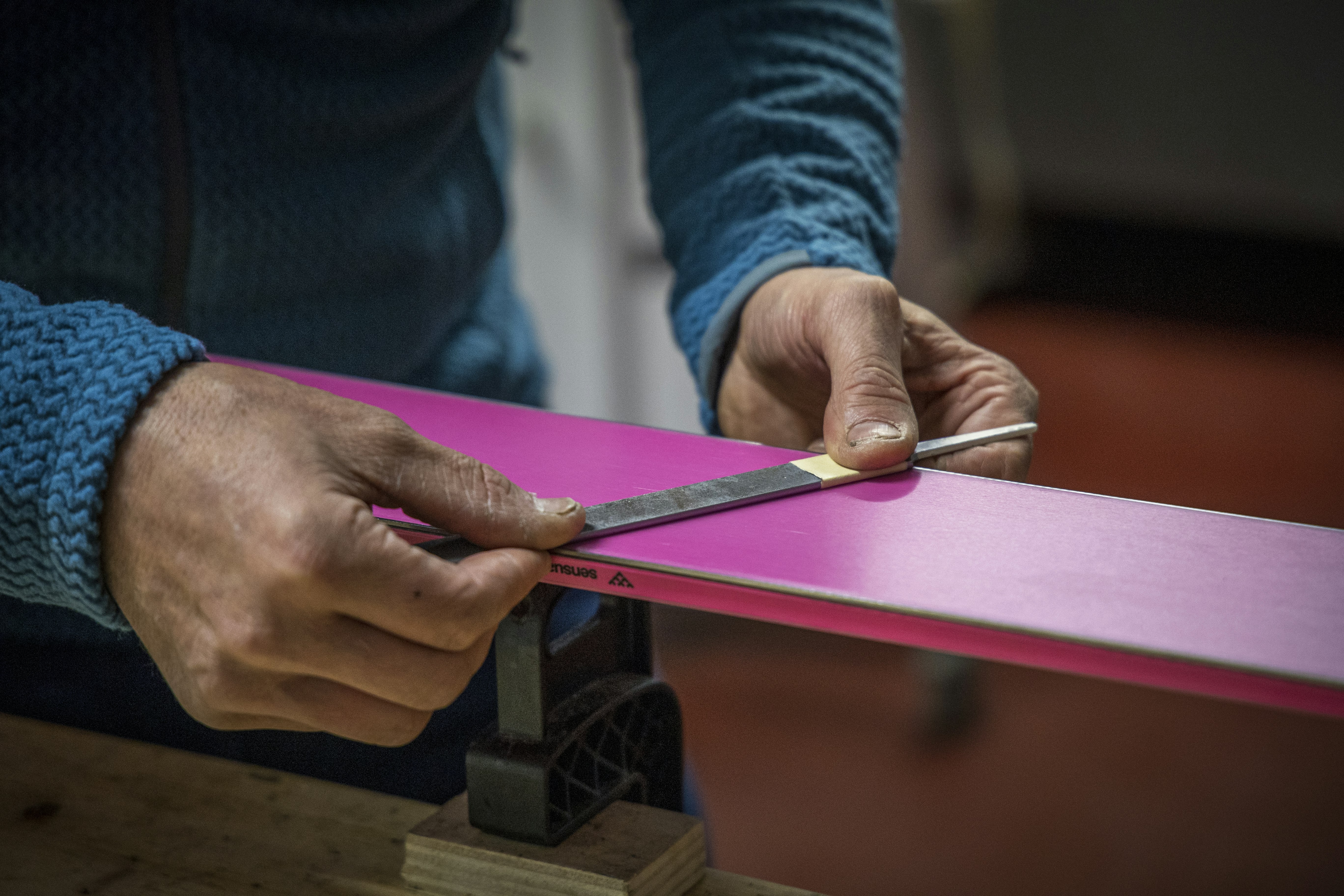
The boots are measured and weighed. Their mechanics are lab tested, and we try them out with all the crampons to assess compatibility. Only then are they ready for testing out on the snow. For bindings, too, after all the relevant measurements, we test them using our certified Wintersteiger equipment.
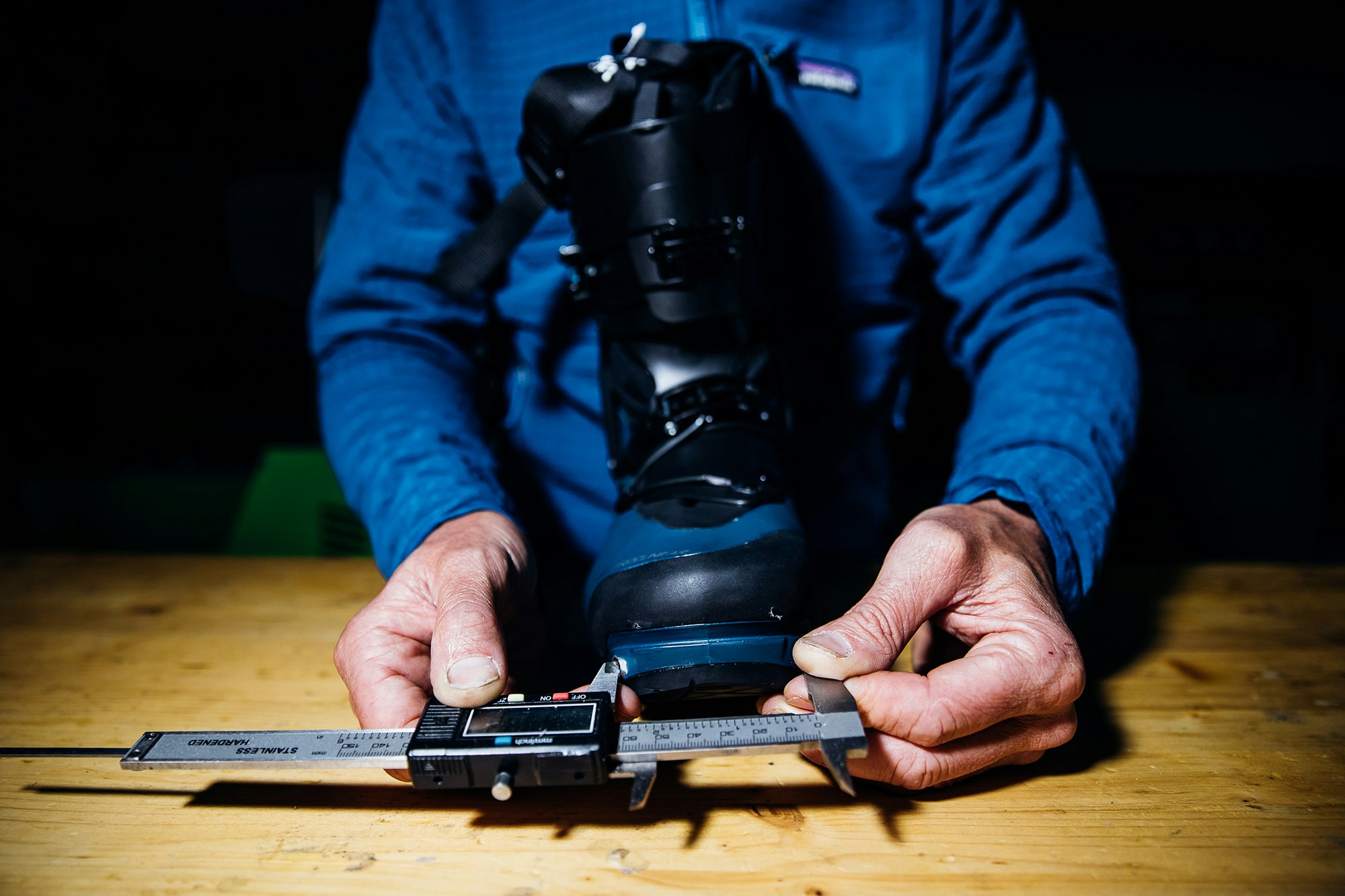
Then out on the snow, we gather all the impressions of our testers. After we’ve done all this, we put the pieces together, write the reviews, edit them, and work on the layout. And on it goes, discussing the reviews, comparing notes, and making other changes. But not just to what we write in our reviews. How exactly we write them also counts. Then comes the hardest part. Come late August and early September, time is running short because we need to go to print by 23 September.
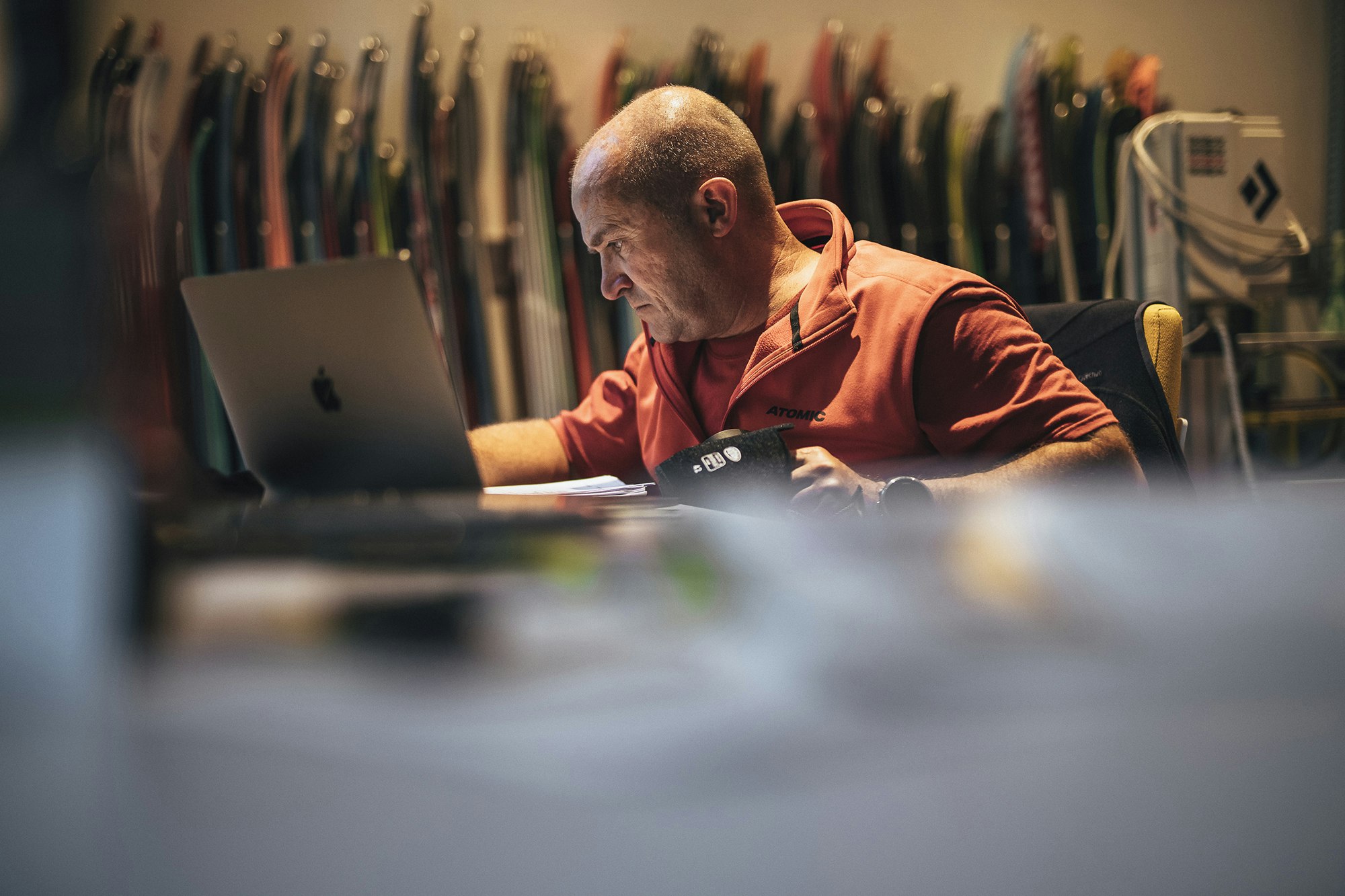
Then there are the corrections, endless tweaks, and mountains of data. When the Buyer’s Guide finally hits the shelves, all the products are sent back to their manufacturers. We don’t keep any of them. This, too, is about being professional, as no brand has ever had to pay us a cent to be in the Skialper Buyer’s Guide.
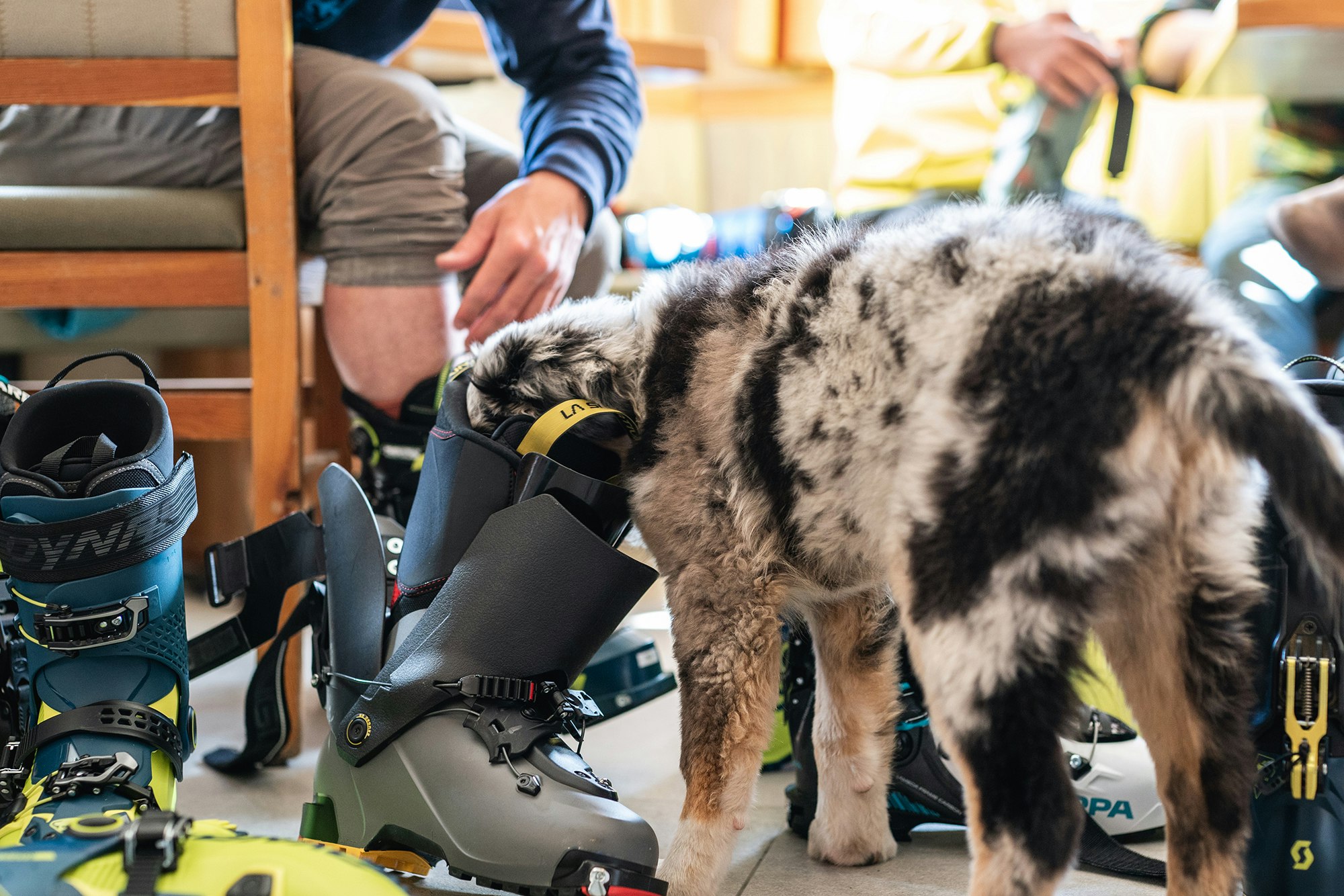
02 - HOW TO USE OUR SPEC SHEETS
There is really a lot of information and many measured and recorded data in the Buyer's Guide for each product.
The full-page or two-page spec sheets for the skis, boots and bindings (in the TESTED section) are accompanied by the numbers provided by the manufacturers (marked with an asterisk) alongside our own measurements. On the following pages, we describe the approach we took in measuring and reporting these numbers.
SKI MEASUREMENTS
Length: measured in centimeters using a measuring tape from tip to tail along the base of the ski.
Sidecut: measured in millimeters (at tip, waist and tail) using a digital caliper at the widest point of the tip and tail of the ski (without the edge contact) and at the narrowest point at the waist.
Sidecut radius: expressed in meters using an exclusive formula based on the sidecut measurements above, the contact area, and the length as measured above.
Edge contact: laser measurement of the base contact area, eliminating camber under constant pressure, Carried out with a laser measurer, expressed in centimeters.
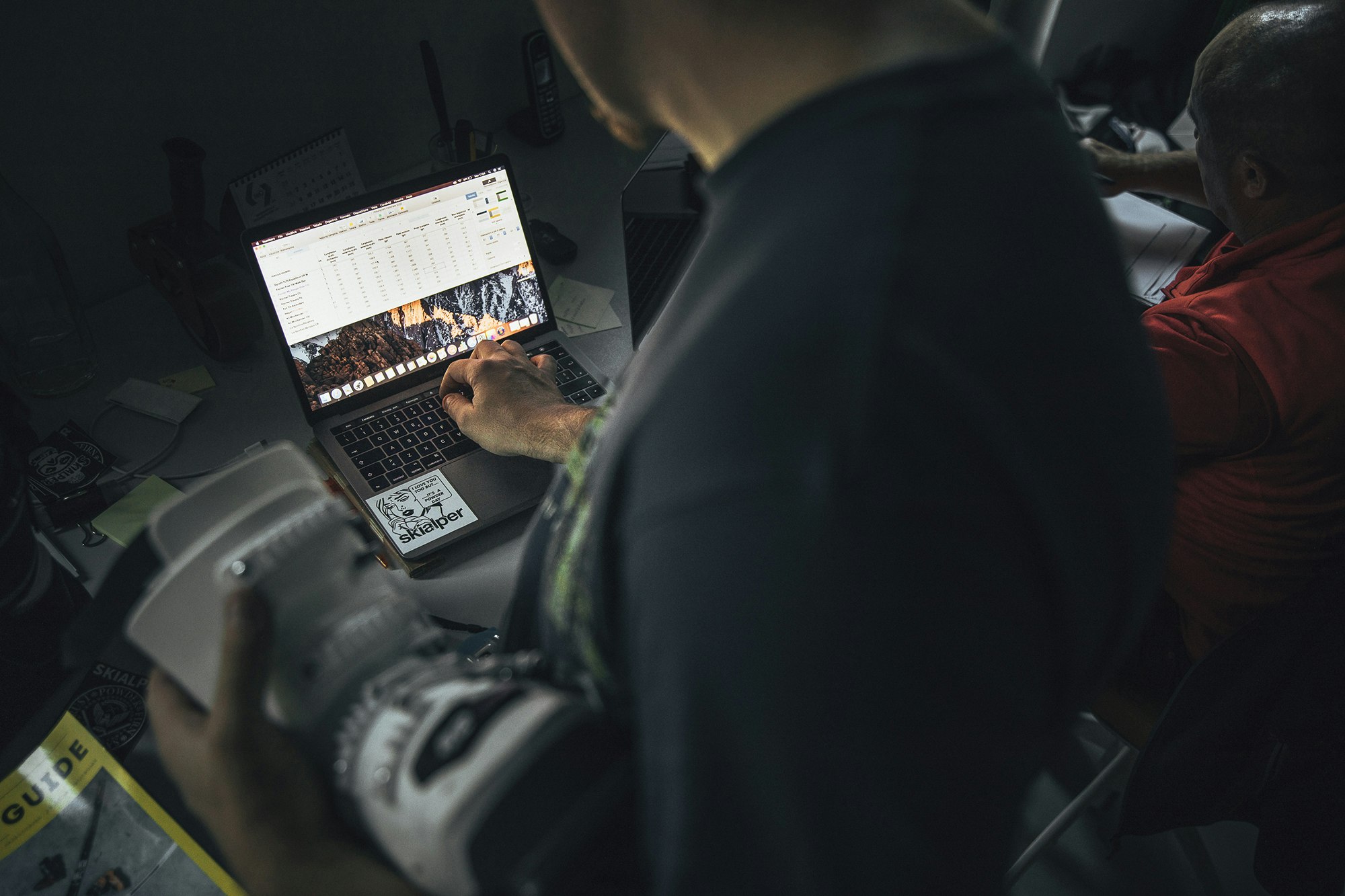
Weight: obtained by weighing the two skis without bindings using a set of certified digital scales. The weight is shown for both skis (in parentheses) and the average of the two weights. Weight is expressed in grams. When available, the weight specified by the manufacturer is also indicated if different from our own measurements.
Tip and tail rocker: placing the ski on a level surface, we measured how far the tip and tail extend beyond point of contact of the ski with the surface.
Midsection: placing the ski on a level surface, we took laser measurements of the maximum distance between the ski base and the surface. This is expressed in centimeters.
Load-bearing surface: calculated by way of an exclusive formula and expressed in square centimeters. This takes account of the measurements of both sidecut and contact area.
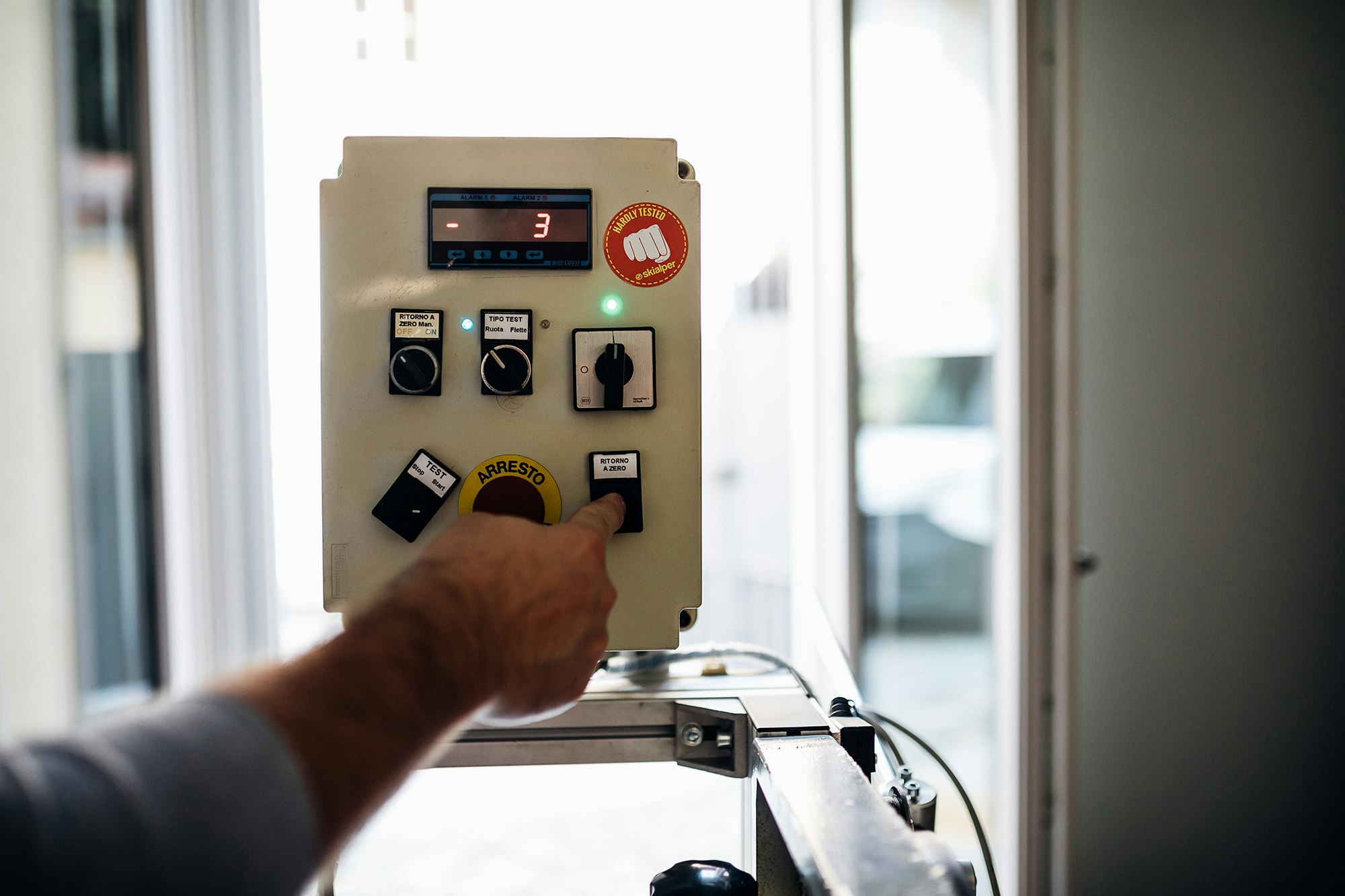
SKI LAB TESTS
Torsion: our exclusive equipment applies the same torsional force at the tip, waist and tail of each ski. The ski is held in place. An inclinometer measures the torsion at the various points of the ski (edge contact points for tip and tail, area in front of the binding toe piece for our standard test of waist torsion). The number is expressed in degrees.
Flex: our equipment applies constant force to the waist of the ski, and the ski is positioned in such a way that it is allowed to bend. By laser, we measure the difference (in millimeters) between the starting position of the ski and the position reached after the force is applied.
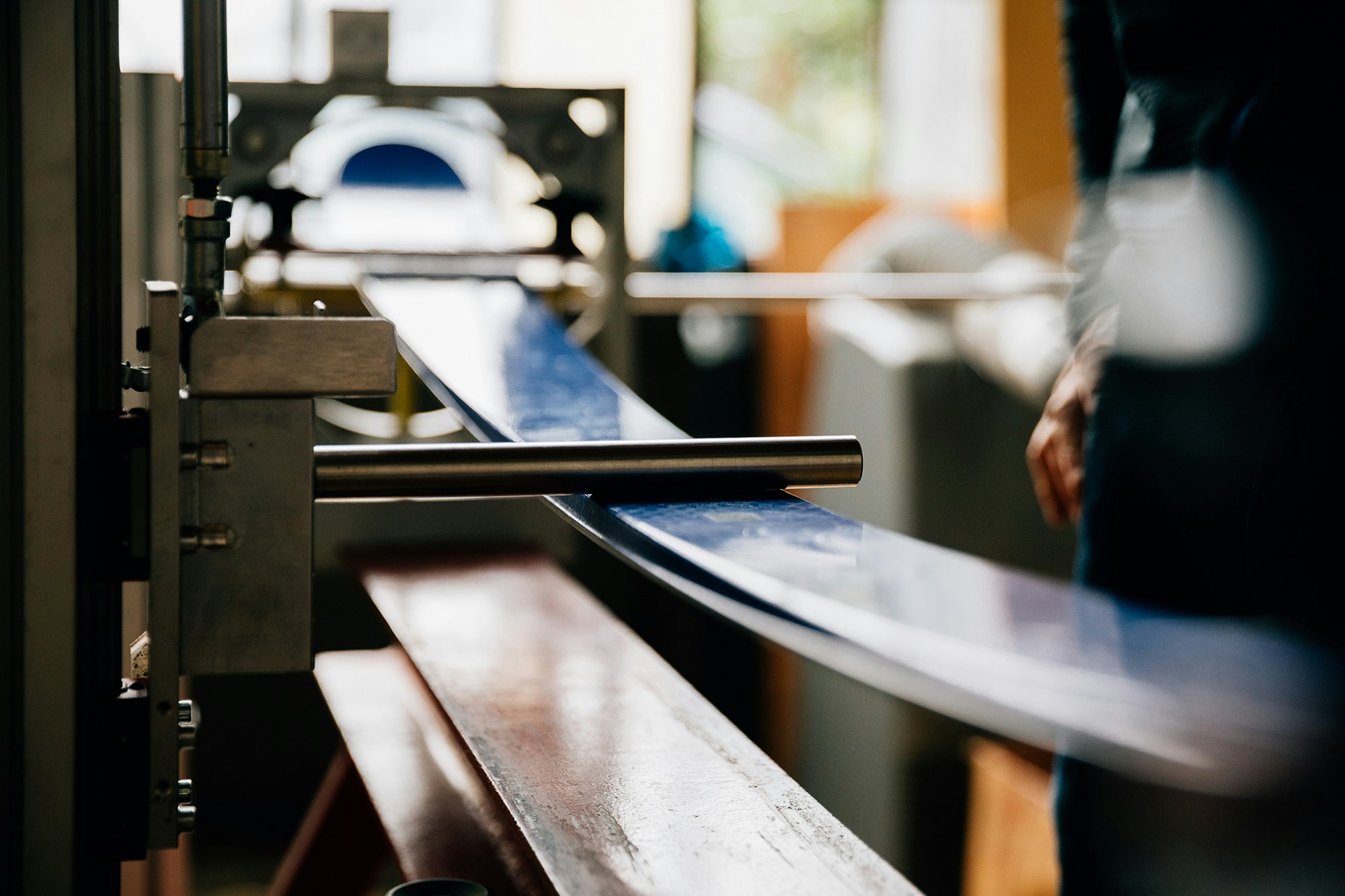
BOOT MEASUREMENTS
Outer shell length: measured in millimeters with a tape measure from toe to heel along the sole of the boot.
Outer shell width: measured in millimeters using a digital caliper at the widest point of the boot.
Weight: expressed in grams for one entire boot. Measured using a certified digital scale. When available, the weight specified by the manufacturer is also indicated if different from our own measurements.
Shell weight: the weight of the boot’s shell alone, i.e. without the liner (see Weight above).
Liner weight: the weight of the boot’s liner alone, i.e. removed from the shell (see Weight above).
Internal shell length: laser measurement (in millimeters) from heel to toe inside the shell of the boot.
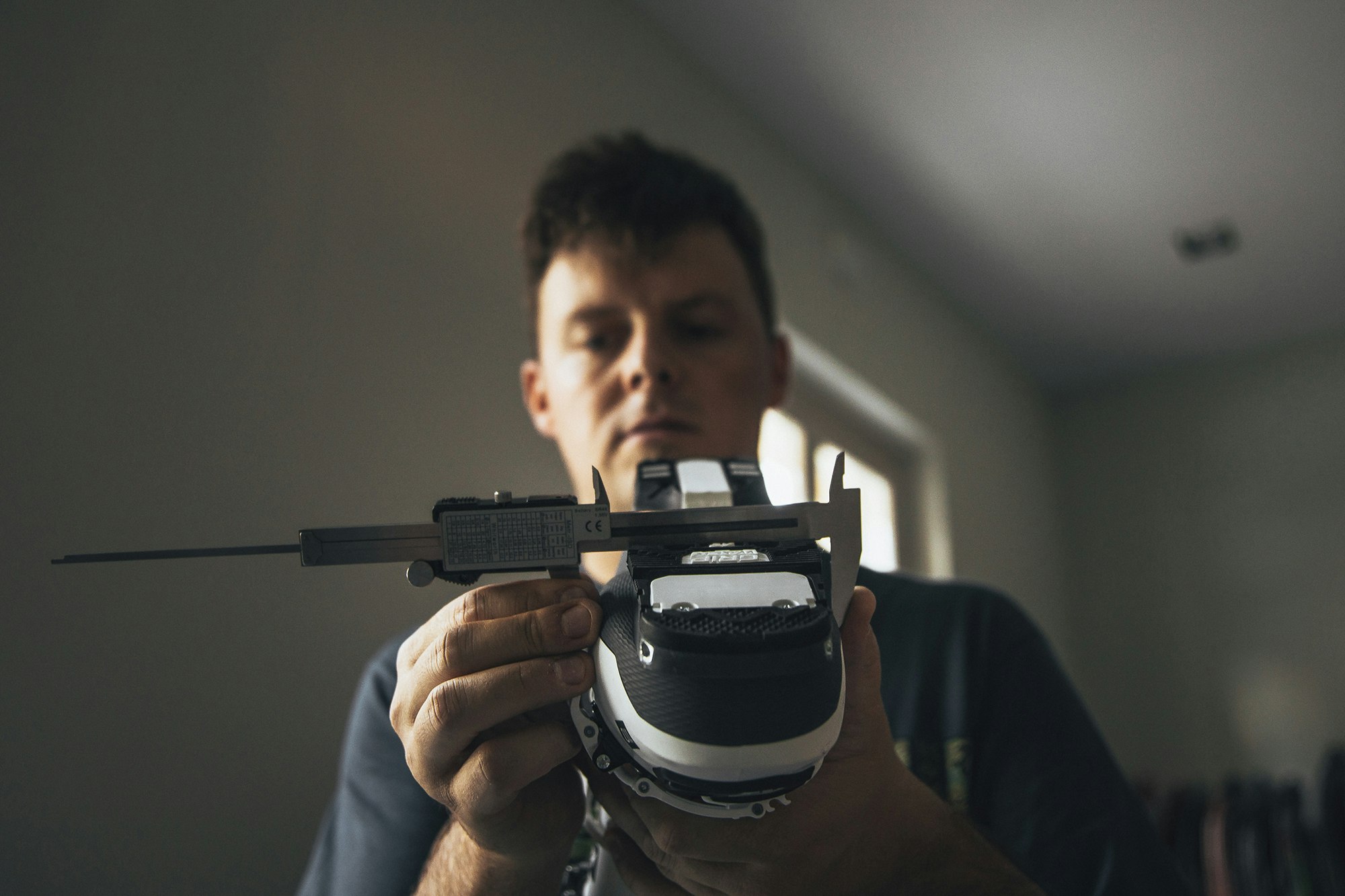
Max. forefoot width: measured (in millimeters) using our exclusive instrument for measuring the widest point of the forefoot.
Max. ankle width: measurement (in millimeters) using our exclusive instrument for measuring the ankle area within the boot.
Max. cuff height: laser measurement (in millimeters) from the heel inside the boot to the highest point of the spoiler.
Max. tongue height: laser measurement (in millimeters) from the insole to the highest point of the front of the boot.
Pin distance: caliper measurement (in millimeters) of the distance between the two pin inserts at the toe of the boot.
Sole thickness at toe: measurement (in millimeters) using a digital caliper to measure the thickness of the rubber sole at the toe of the boot.

BOOTS: FLEX, INSULATION AND SUSTAINABILITY
Starting last season, we’ve added new lab tests with the help of the University of Bologna’s Sport Technology Lab, coordinated by Prof. Martino Colonna. This is something we began a few years ago, with more general analyses, and this has now led to the inclusion of new data on the boots tested, with the exception of the Race and Women’s categories. See the related article for more information.
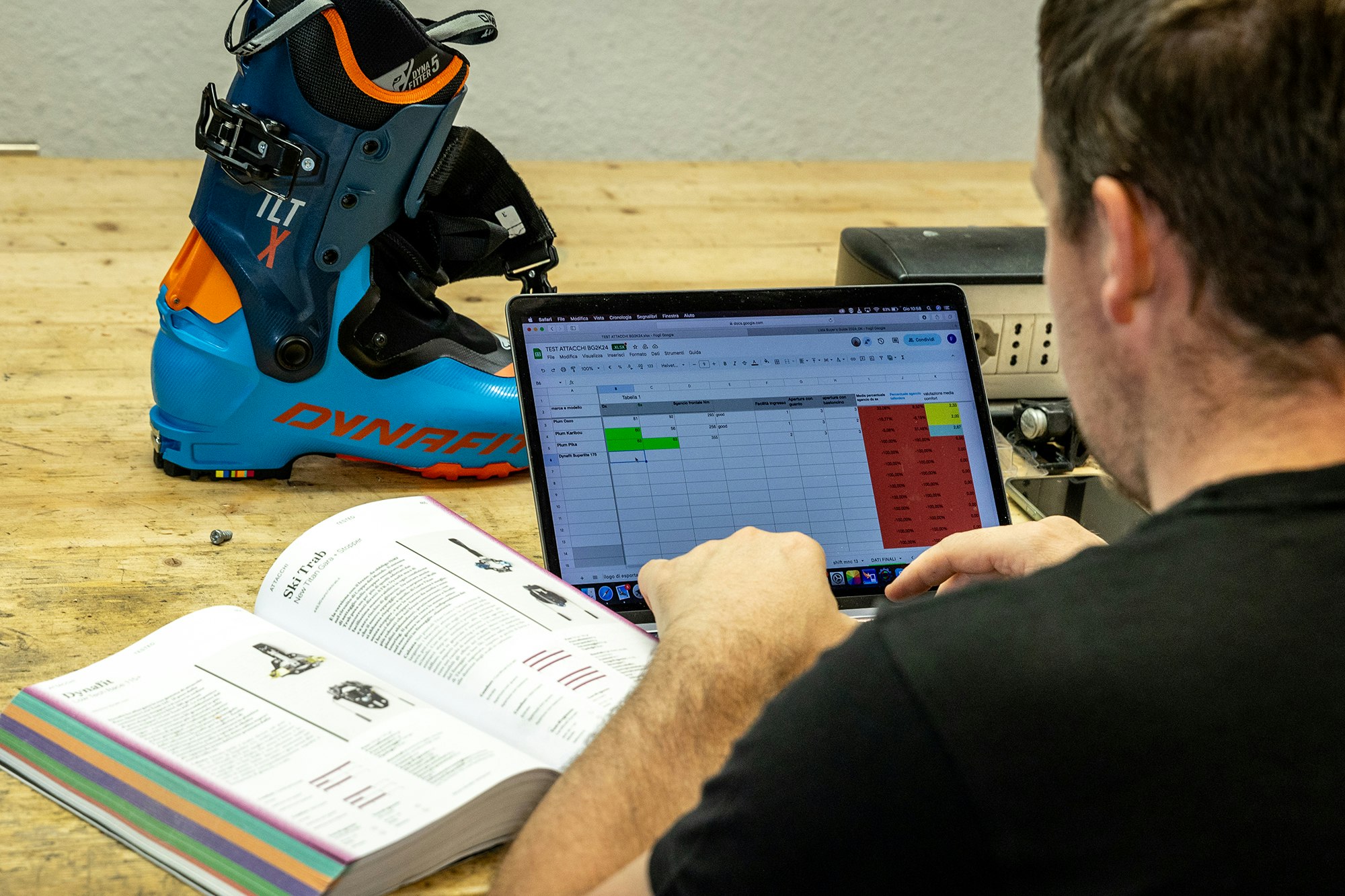
BINDING MEASUREMENTS
Using a certified digital scale, we measured the weight of one full binding (i.e. one two piece + one heel piece), then each piece separately, and finally the screws provided. Weight is expressed in grams. For the last few seasons, we’ve added value we consider particularly important: the height of the toe and heel pins from the top of the ski.
BINDING RELEASE MECHANISM ASSESSMENTS
To evaluate the release mechanisms, we used the Wintersteiger Drivetronic. See the related chapter for more information.
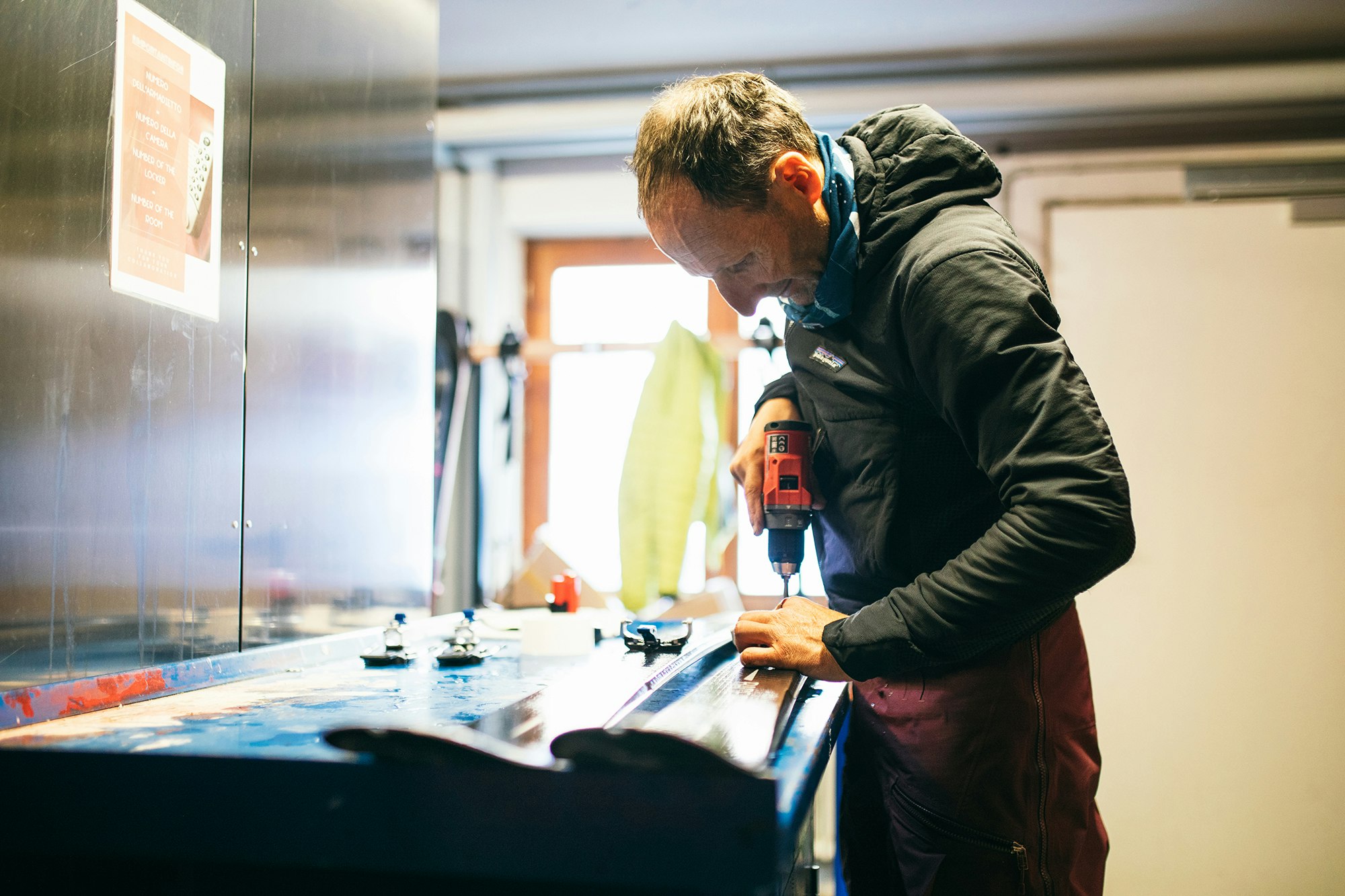
03 - HOW WE SET UP THE SKIS FOR TESTING
For the twelfth season in a row, we used ATK bindings on all the skis we tested for the ski mountaineering sections of the Buyer’s Guide.
We feel that it is essential for the skis in each category to have identical setups for uniform performance and to enable the testers to evaluate the skis with the same boots (their own) and the same bindings. The skis, which were, as always, provided to us new, were then assembled by XL Mountain, an official ATK reseller, who used the drill patterns provided by the manufacturer to ensure the bindings were mounted properly. The holes were filled with silicone before inserting and tightening the screws. Here is how we selected the various models for the Buyer’s Guide, which over the years we’ve consistently adapted to prevailing trends in each category of skis.
Race: We used the top-of-the-line ATK Revolution Brake World Cup with heel and adjustment plate.
Light: We selected the updated ATK Crest 10 with the Speed toe piece.
Tour: For the Tour category we mounted the ATK Raider 13 EVO.
Free: We used the Atomic Shift 2 13 MN and ATK Freeraider 15 Evo.
Women: our women testers used the ATK Raider 11 EVO.

04 - WINTERSTEIGER-APPROVED BINDINGS TESTS
Again this year, we’ve turned to the standard-bearer of DIN-compliant binding adjustment and testing, the Wintersteiger Drivetronic to conduct hundreds of tests with the help of the staff at XL Mountain.
We should point out, though, that skimo bindings are not required to comply with DIN safety binding standards, so our testing doesn’t say if a binding is good or not, nor whether you should buy it or not. It is, however, the only reliable, certified and incontrovertible test bed with which we could have compared the various models.
If you’re not an expert, you might be wondering how exactly a binding is tested. The answer is simple: Wintersteiger’s Drivetronic binding testing device is able to measure the front, rear, and side release values. We’ve adopted the following ranges based on the averages for all participants: height from 167 to 178 cm (5’6”–5’10”); weight from 67 to 78 kg (148-172 lbs); skier level of 3 (i.e. advanced). We used these parameters to set the level of tolerance within which the binding should correctly release. You’ll find a smiley face for those bindings that deviate by no more than 10% from that tolerance, an expressionless face for those that fall within a range of 10-20%, and a sad face for those that are higher than 20%. So think of it as being a bit like a hospital using the green, yellow and red traffic light colors to triage patients. Meaning the risk that your binding doesn’t release properly corresponds to the risk and severity of any damage to your leg joints.
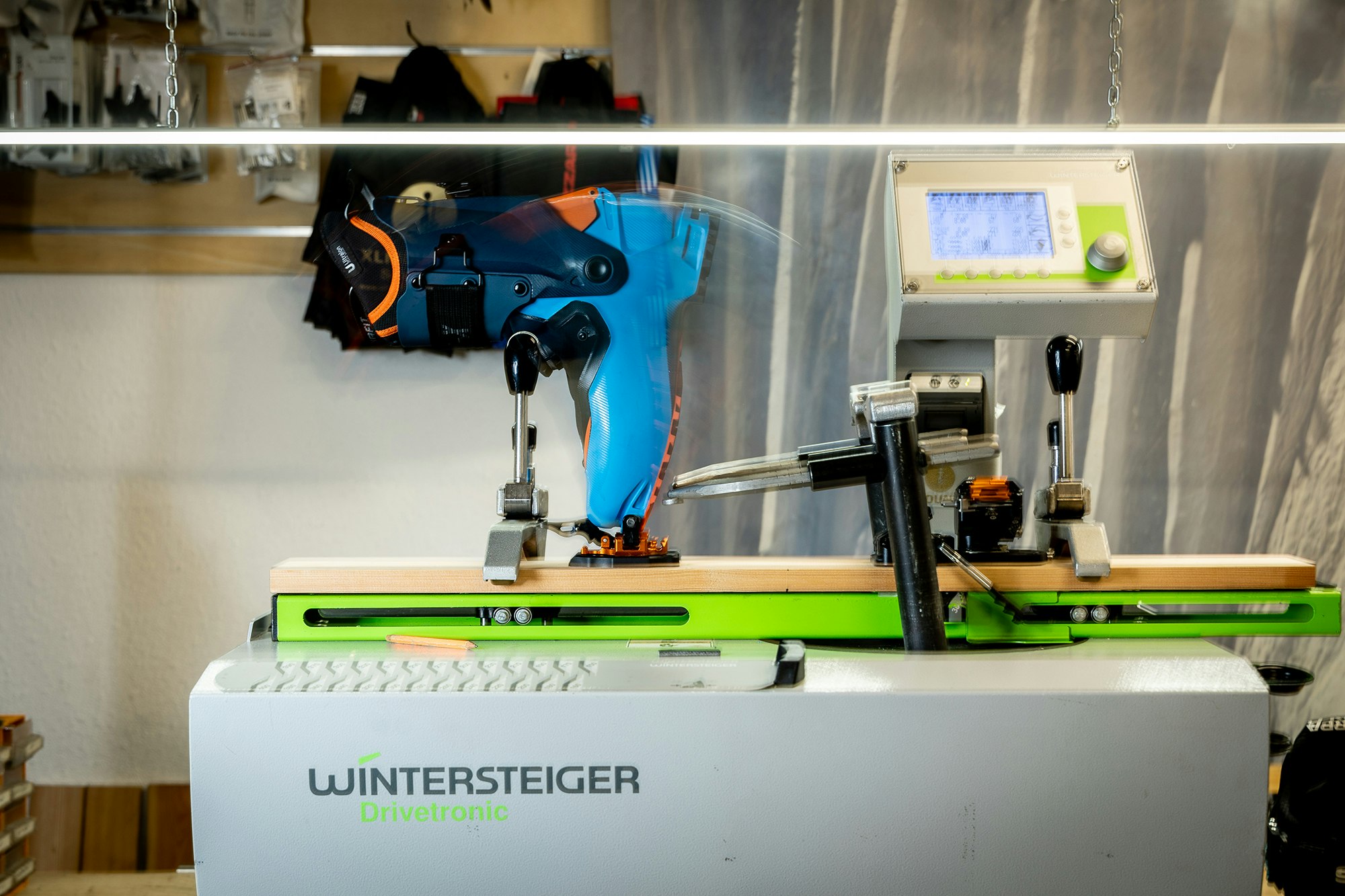
OUR APPROACH
As we have done for the previous editions of the Buyer’s Guide, we’ve mounted the bindings on hardwood boards so that the results would be uniform and not affected by the consistency of the various topsheets on the skis (and so that we wouldn’t have to drill holes in dozens of pairs of identical skis). We mounted the bindings taking great care to perfectly center the manufacturers’ drill patterns and use proper lubrication. I mean, we did a good job. Then we tested each binding using the most common types of inserts on the market: Dynafit’s Quick Step-in and Master Step; the La Sportiva system; and the Salomon/Atomic system. So for each binding, we conducted 12 release tests: 4 right lateral release and 4 left lateral release at the toe; 4 forward release at the heel.
THE RESULTS
Exactly how we explain the results of these tests has been a constant topic of discussion at meetings of the Skialper technical team, because it’s no easy task to translate a bunch of numbers into practical indications as to how a binding releases. Or rather, it’s not easy to explain why the numbers are not quality scores. Over the years, we started out providing a histogram of our measurements, then of the averages and combined results to calculate eight percentages. These were then shown in histograms that used that same three-color “alert” scale (green, yellow, red) to show how much a binding deviates from a perfect value (i.e. zero). These percentages were based on weighted averages of the actual figures and those used to configure the testing equipment. Two years ago, we came up with a parameter that enabled us to convert these figures into a scale from one to ten, where one to four got a frowny face, four to eight got a neutral face, and eight to ten got a smiley face. This was more intuitive, but it came with the risk that the scores on the scale would be seen as quality ratings, which they aren’t. This is why, for the last two editions we’ve decided to get rid of any numerical scale and just leave the emoticons for each of the four values related to left/right front release and heel release (i.e. two emoticons for the Dynafit-certified inserts and two for the others). This is an average of left and right and of the various types of inserts. This hasn’t been done to hide the data, but is simply an effort to provide information which is easier to interpret.
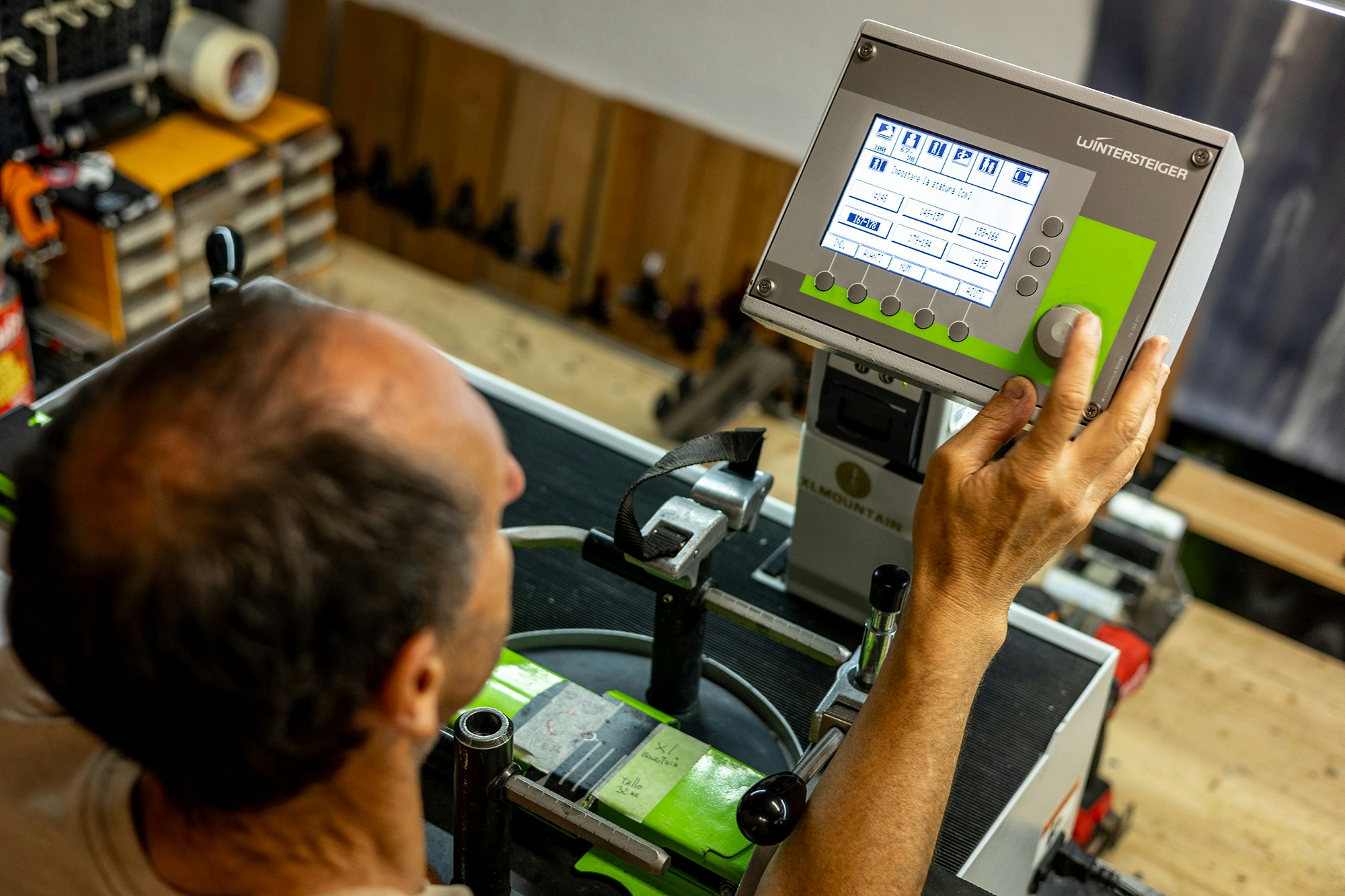
THINGS TO CONSIDER
This isn’t a definitive assessment and may mean everything, or nothing at all. Testing was conducted under ideal conditions, with new pins and perfectly mounted bindings. But it gets even more complicated: imagine you’ve got worn pins and inserts, and loose bindings. (a lot more common than you might think... ever checked yours?) How well would those work? Or how much would the results change when your skis flex and your boot gets pressed against the heel piece (such as during a tight turn, landing a jump, or hitting a dip or compression)? We just ran some simulations, and the results weren’t very encouraging. Worst of all is when the front lever is locked in walk mode. If that’s you, consider yourself duly warned. We should say that every year we’re seeing improvements to the release values tested, and also the latest session lived up to expectations as the new models generally perform better. Another emerging factor is that we’re seeing ever better synergy between inserts and bindings from the same manufacturer. Some bindings are a breeze to step into: just align your boot, press down, and you hear that reassuring “clack” that tells you it’s locked in. The levers work great, and the heel risers and adjustment mechanisms keep getting easier and more intuitive.
COMFORT
In addition to our release tests, we also looked at how easy it is to lock into the pins and open them with a pole or with gloves. Here, too, our scores — on a scale of zero to three — are based on averages of the various combinations of boot and binding, divided by Dynafit and the other inserts.
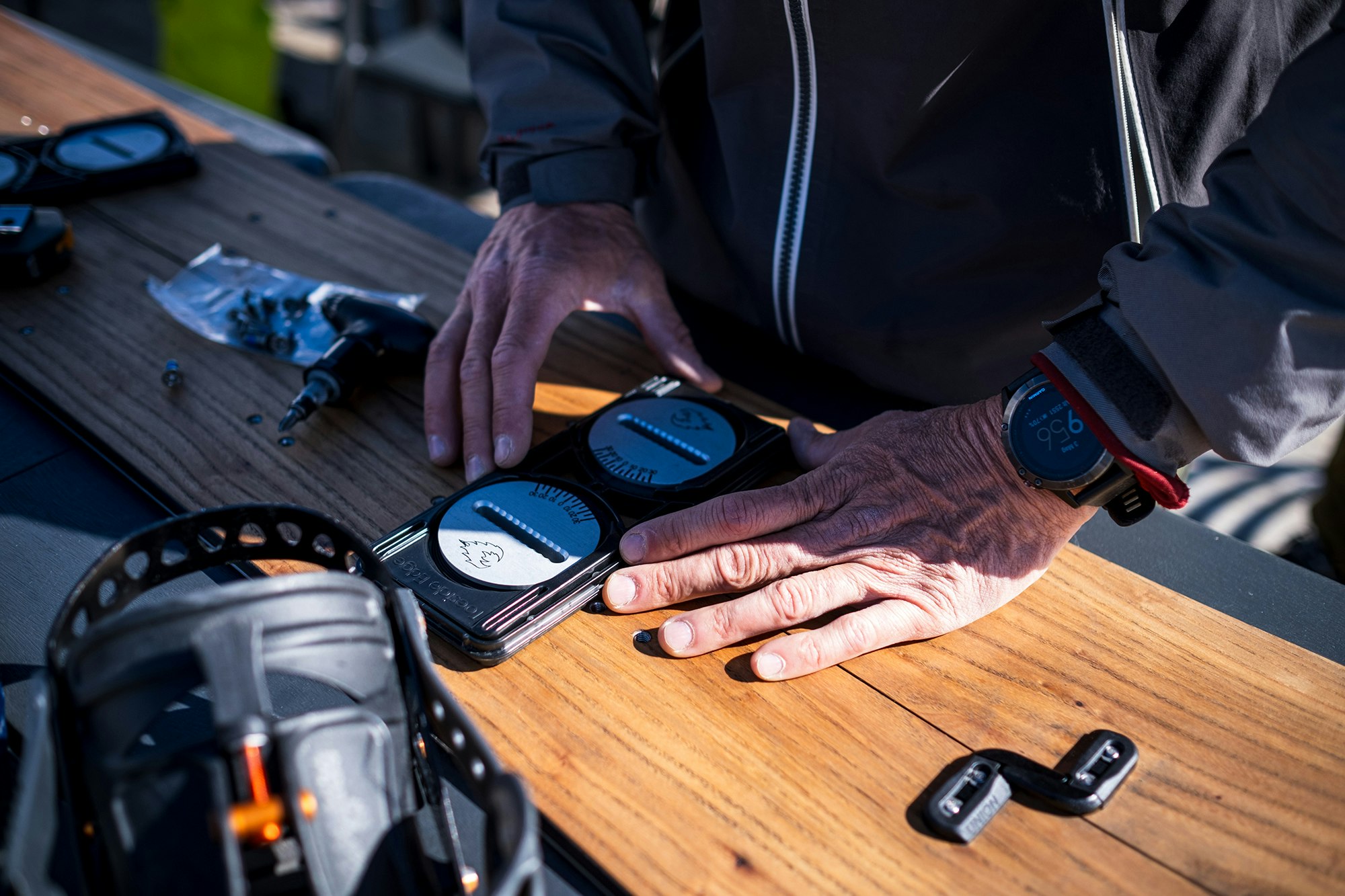
05 - SPLITBOARDS & CO
Most of the spec sheets are different than those for touring skis and boots, but just as intuitive. Compared to last season, we’ve modified them significantly, adding or changing some entries, but above all increasing the space we dedicate to each board.
he spec sheets for poles, helmets, ice axes, crampons, harnesses, and avalanche and rescue gear are also different and simplified, though essentially remain unchanged. For the on-snow splitboard testing, each tester used their own personal setup for stance and actual board setup (i.e. using their own boots and bindings), to get feedback that was as precise and reliable as possible.
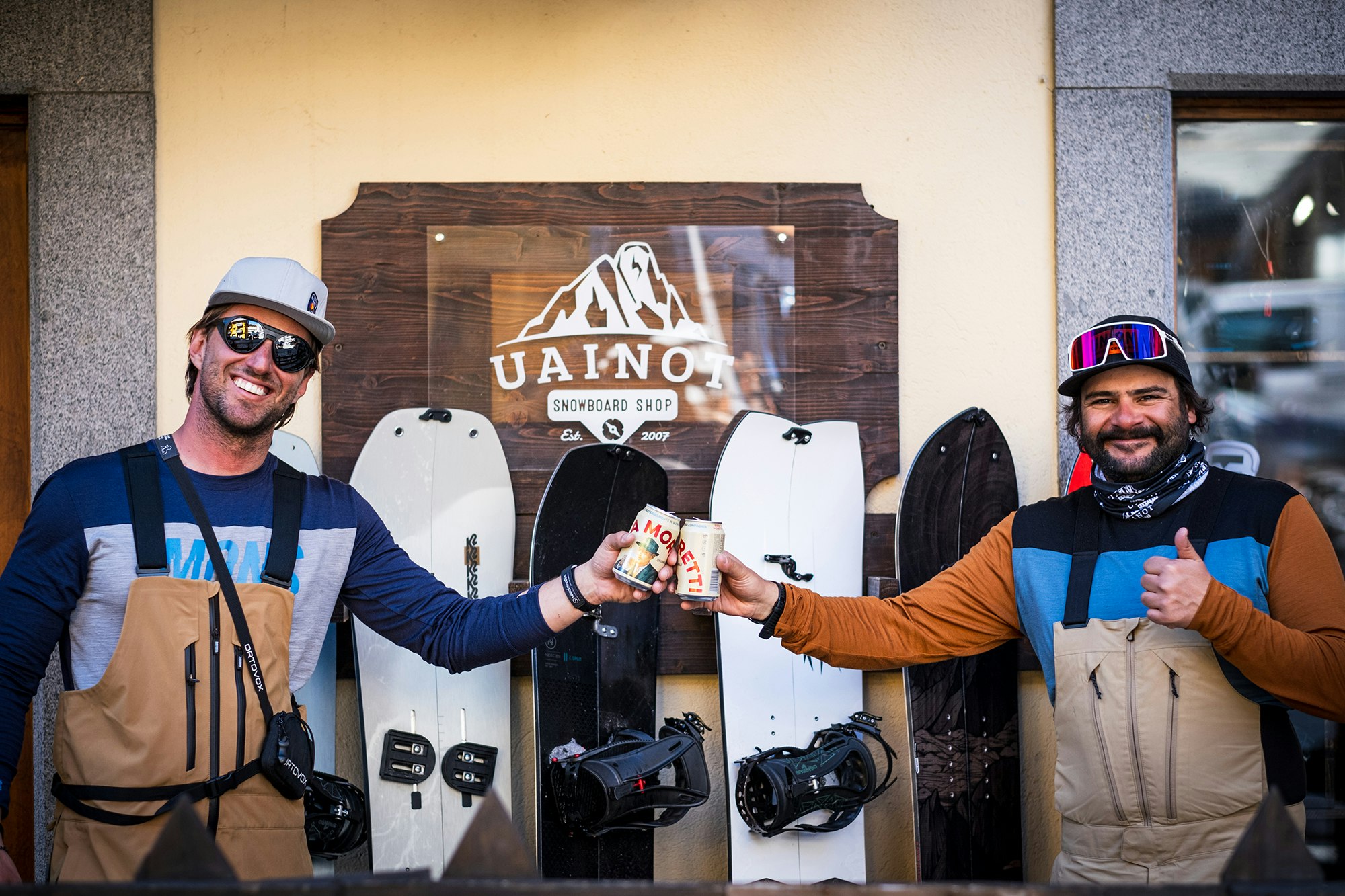
06 - SKINS
Like last year’s edition, this year we’ve included actual testing data alongside our experience as users of skins over the years.
Our goal is to continue expanding these tests to analyze various aspects of the skins in a range of real-world conditions. We’ve conducted glide performance tests by putting all the skins on the same ski to measure speed, time (between two timing gates set 25 meters apart), and total distance traveled. Additionally, we tested the skins’ waterproofness. See the related section for more information on the test parameters.
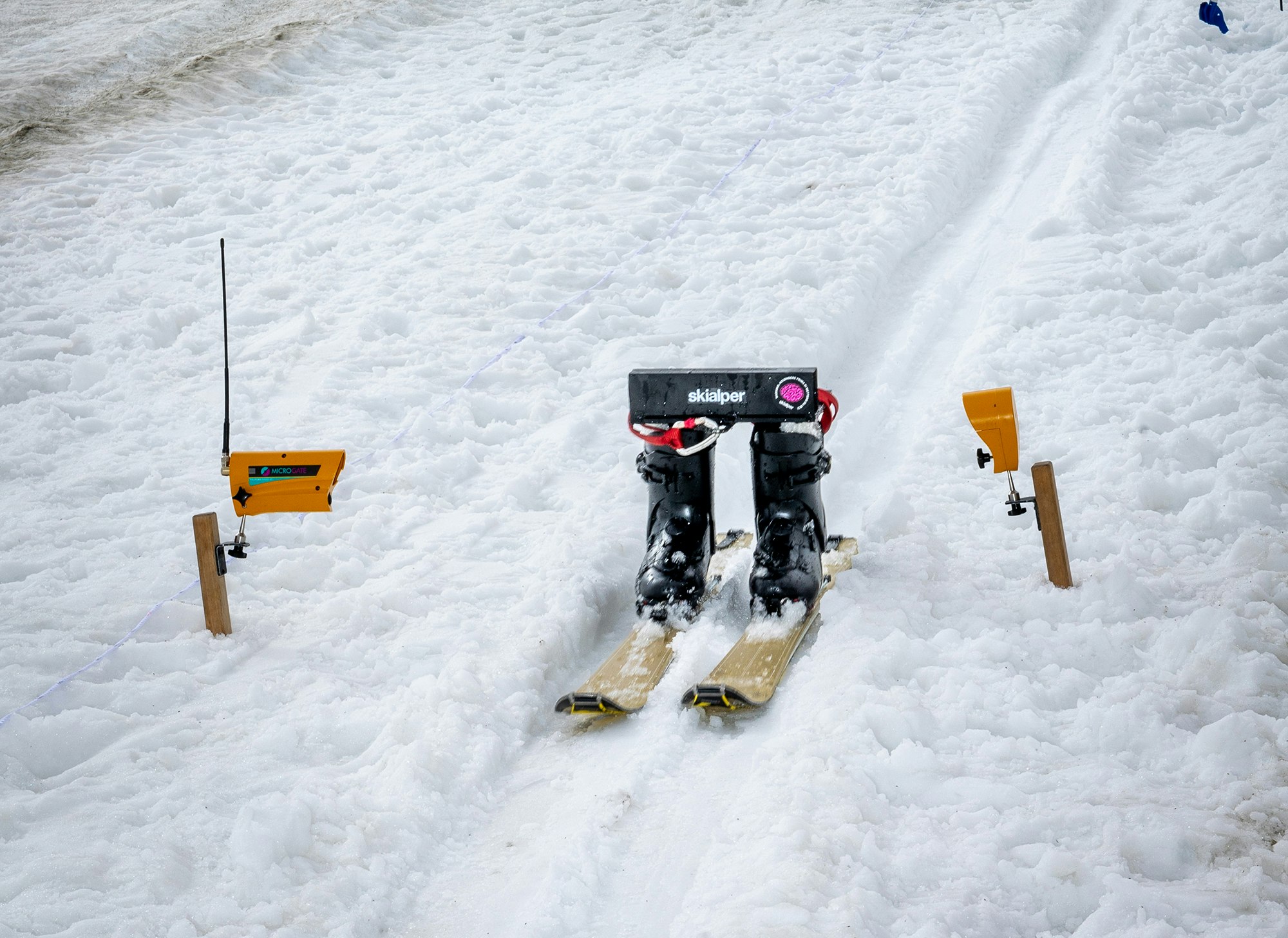
07 - OUR AWARDS
For each category, we select a limited set of products. We do this based on our measurements, in-lab tests, on-snow tests, and instrumentation tests.
And we do it after extensive discussion and sharing of experiences. We even change our minds sometimes. We recognize the importance of this moment, so it is a responsibility we take seriously. We know that we’re recognizing the efforts of a great many people who designed and produced these skis, boots and bindings, all of whom believe deeply in their products. But at the end of the day, when the Buyer’s Guide comes out, we can be confident that all the work we’ve done is both free from bias and intellectually honest.
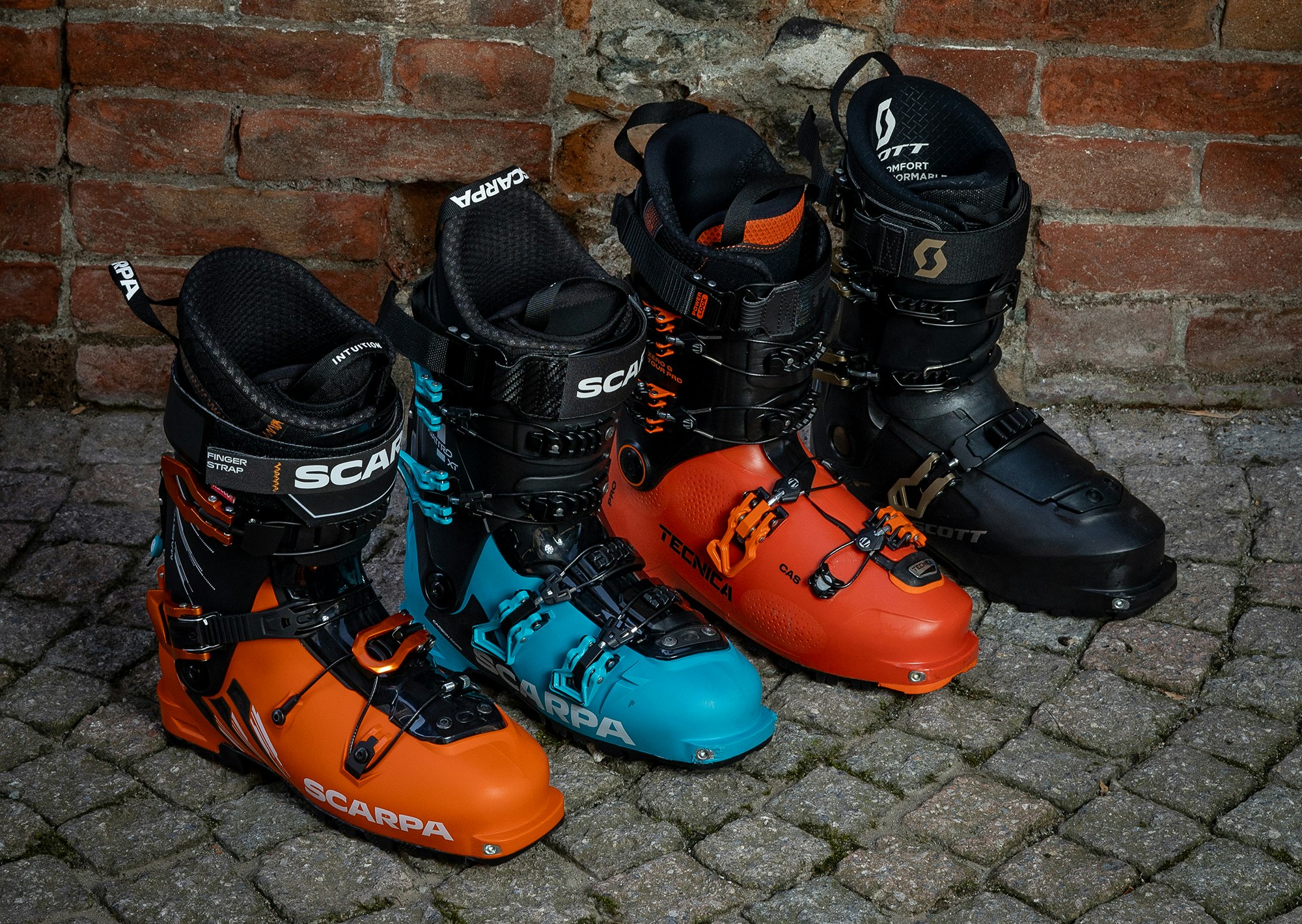
PRO’S CHOICE, PEOPLE’S CHOICE, SMART CHOICE
After years of always handing out awards in the same way, this year we’ve decided to change. We’ve dropped the Product of the Year and Selection awards (meaning the other skis or boots that made the shortlist for the award). Now we have a Product of the Year plus three Choices. Basically, this means we’ve identified three more specific selections for each product category. Our Pro’s Choice is for expert and demanding users. The best ski, for people who truly know how to get the most out of it let’s say. Or the boot that does exactly what you want it to, even if it wasn’t designed for comfort or for keeping your feet warm. By contrast, the People’s Choice represents the best product for the vast majority of skiers interested in the given category. But this doesn’t mean boring products for the masses, because our starting point was to select the most interesting products... the ones we really wanted to test. Finally, our Smart Choice is awarded to interesting products which might however not suit everyone. This might be because they’re great value for money or some other specific reason. In some categories, where we’ve only tested a handful of products, we’ve assigned only a Product of the Year award. Finally, we’ve reserved an award for those products designed to be as eco-conscious as possible.
Share this article

